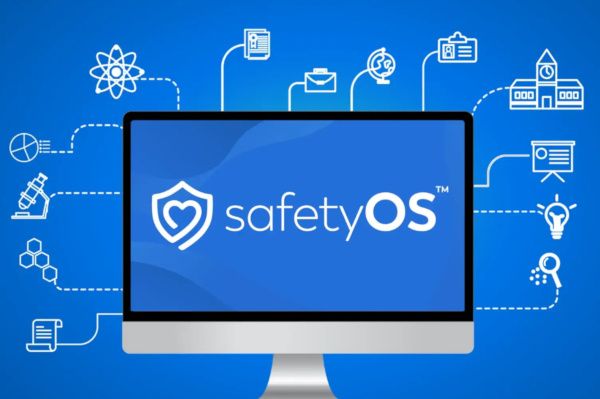- MOOCs. Otherwise known as Massive Open Online Courseware, MOOCs made the front page of the Education section in the New York Times recently. MOOCs aim to provide access to higher education for free or at very low cost, through online platforms. For-profit and nonprofit ventures have raised millions of dollars from venture capitalists and philanthropists to fund the likes of Coursera, Udacity, and EdX. The Chronicle reports that Jerry Brown will provide funding at a statewide level for similar initiatives in San Jose and the California University school system.
- Gamification. The art of using games to teach students is not a new idea, but the implementation of it is. Jane McGonigal is a gamer, and author of, “Reality is Broken: Why games make us better and how they can change the world.” According to McGonigal, the brain is stimulated by gaming in important areas, which include the hippocampus, which controls memory, the thalamus, which controls addiction, and hypothalamus, which controls resiliency.
- Blended Learning. Perhaps the most talked about trend in education, blended learning is a hybrid of online and in-person instruction. Sal Khan has produced over 4,000 short educational videos that have been watched 250 million times by students and teachers alike. His idea of the “flipped classroom,” is that students watch the lecture at home, then come to class where teachers act more as tutors and mentors, helping 1-1 and in small groups, while other students go at their own pace. Khan Academy is being used by over 20,000 schools in the US, including Los Altos School District, East Side Prep in East Palo Alto, and Summit Prep in San Jose.
Tuesday, February 12, 2013
3 Trends to Watch in Education
There’s been a lot of press about education technology lately. Salman Khan, founder of Khan Academy, who wants to provide a free world-class education to anyone anywhere, was on the cover of Forbes. The front page of the San Francisco Chronicle told the story of Jerry Brown providing funding for online classes at California’s public colleges and universities. What’s all the buzz about? Here, very briefly, is an introduction to three trends we think will be important to the future of education.
Subscribe to:
Post Comments (Atom)








No comments:
Post a Comment